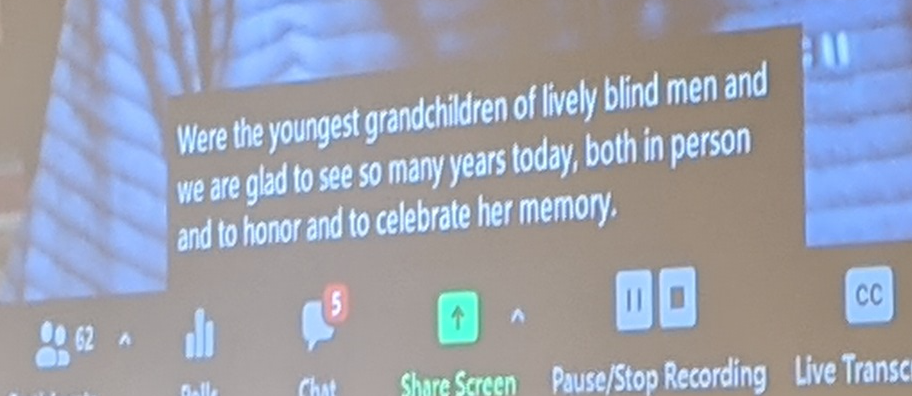rime-cantonese, a Cantonese lexicon for building keyboards and more
The following is a guest post by Mingfei Lau. A short intro about the author:
My name is Mingfei Lau, a member of The Linguistic Society of Hong Kong Jyutping Workgroup. I am a language engineer at Amazon and I work on different projects on Cantonese resource development in my spare time.
Today, Pinyin is undoubtedly the most popular way to type Mandarin. But what about Cantonese? This wasn’t easy until rime-cantonese, the normalized Cantonese Jyutping[1] lexicon appeared. Lo and behold, you can now type Cantonese in Jyutping just like typing Mandarin in Pinyin.
Read the rest of this entry »


